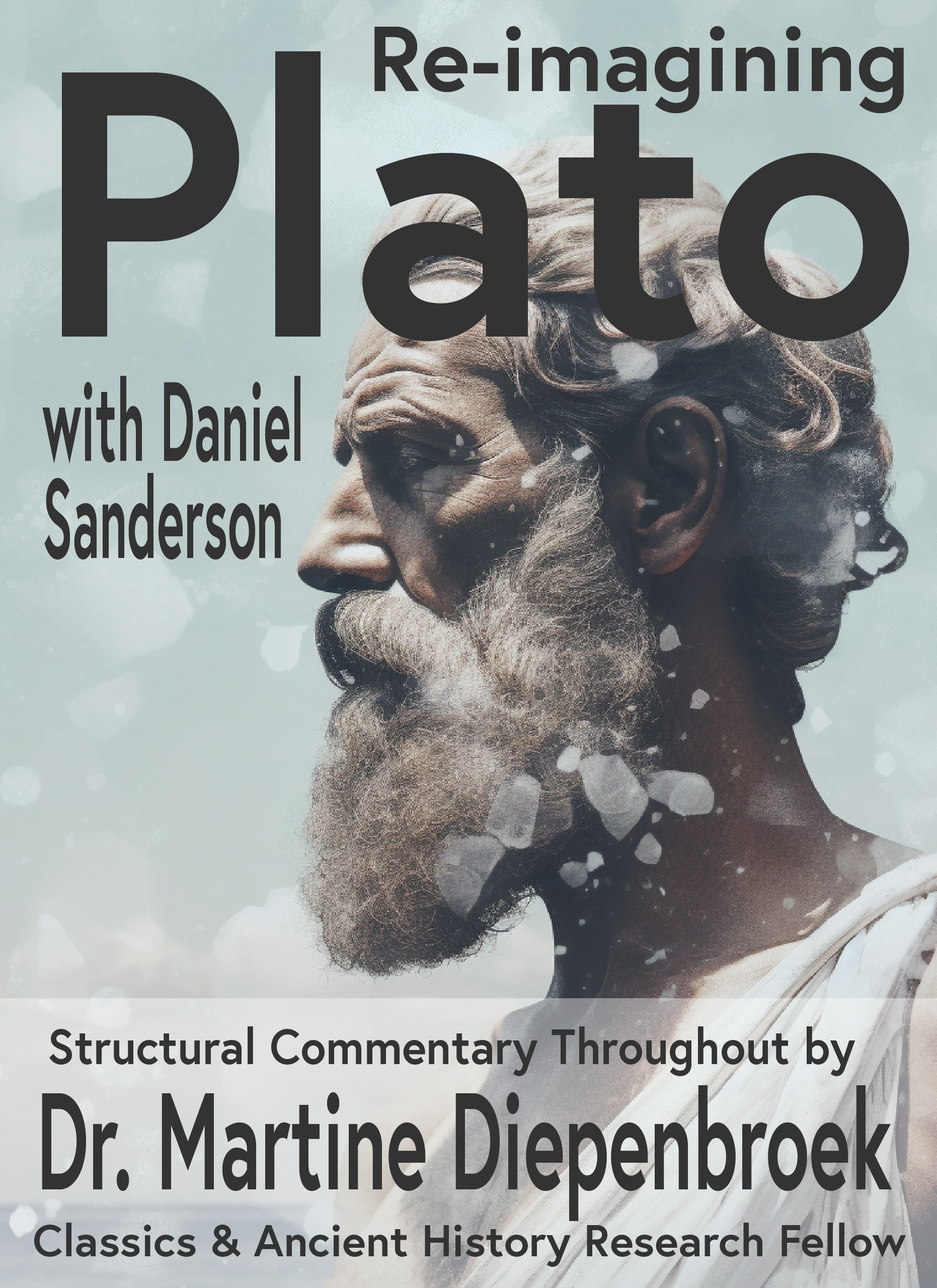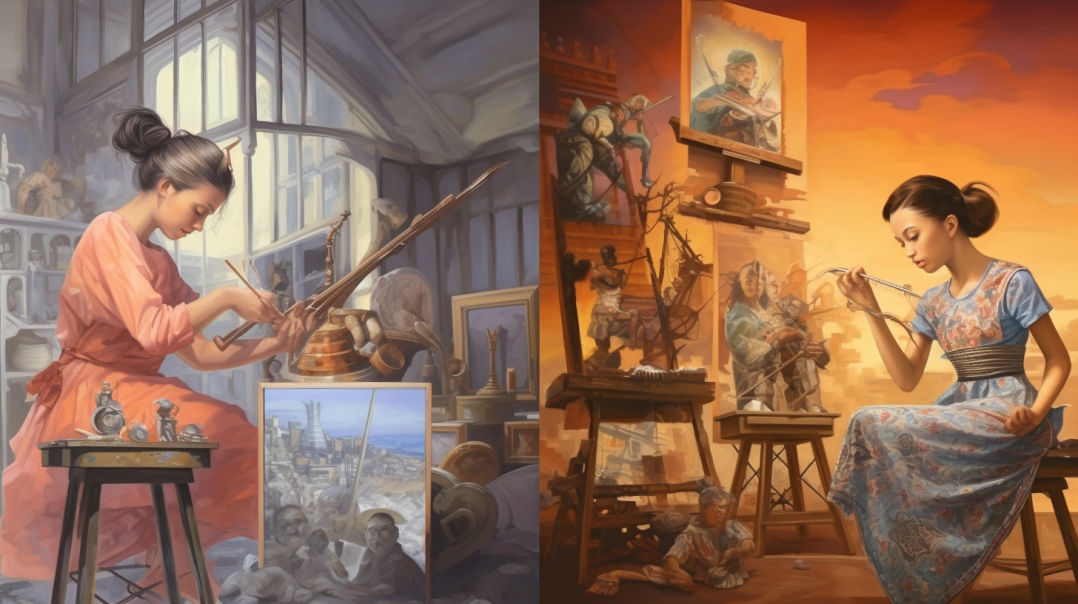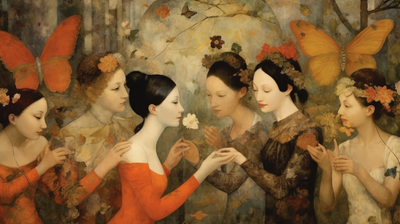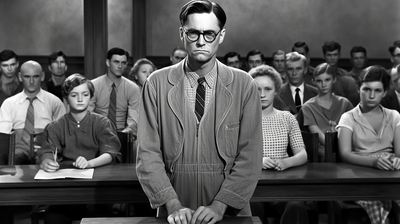Ethics in Art: Exploring the Moral Implications of Creativity and Expression
Ethical considerations have often been invoked in artistic creation and expression as a measure of worth and a guiding principle for artists. However, subjecting this notion to intellectual scrutiny and questioning the assumptions underlying such claims is imperative. While many assume that ethics should dictate the boundaries of artistic expression, I contend that art transcends moral judgments and operates in a realm beyond conventional ethics. By delving into historical precedents, examining the nature of creativity, and exploring the limitations of moral frameworks, we can liberate art from the chains of ethical conformity and embrace its transformative power.

The Inevitable Tension:
Ethical considerations in art emerge from the notion that artists should be held accountable for their content. But by imposing ethical standards on art, we risk stifling creativity and compromising the essence of artistic expression. Art has always thrived on pushing boundaries, challenging conventions, and evoking emotional responses. It is a realm where individual perspectives clash, societal norms are questioned, and innovative ideas are born. Ethical constraints threaten to sanitize art, rendering it impotent and devoid of the raw intensity that makes it compelling.
Art as a Mirror:
Art holds up a mirror to society, reflecting its triumphs, struggles, and contradictions. By exploring the darkest corners of the human psyche, art has the potential to elicit profound introspection and stimulate critical dialogue. However, such reflections are not always pleasant, and ethical judgments tend to obscure our ability to confront uncomfortable truths. In their pursuit of authenticity, artists must be granted the freedom to explore the depths of human experience, unencumbered by moral guardians who seek to sanitize or dictate the content of their expressions.
Historical Precedents:
Throughout history, art has often challenged prevailing moral frameworks and social norms. Take, for instance, the works of Caravaggio, who the Church condemned for his unflinching portrayal of biblical figures in gritty, realistic scenes. Critics of the time labelled his work morally corrupt, yet today his paintings are celebrated as masterpieces. This serves as a reminder that the moral judgments of any given era are not infallible, and our contemporary ethical frameworks may one day be viewed as misguided.

Moreover, artistic movements like Dadaism and Surrealism emerged as reactions to the horrors of war and societal upheaval. These movements defied conventional aesthetics and moral codes, seeking to dismantle established norms and question the very foundations of human existence. The profound impact of such activities highlights the importance of preserving the freedom of artists to navigate uncharted territory unbound by moral restraints.
The Problematic Notion of Universal Ethics:
One of the central issues with imposing ethics on art is the fallacy of universal moral standards. Ethics are often shaped by cultural, religious, and societal norms, which vary significantly across time and geographical boundaries. What is morally acceptable in one culture may be deemed objectionable in another. By subjecting art to the constraints of a particular moral code, we risk imposing our limited worldview on diverse artistic expressions, inhibiting cultural exchange and stifling creativity.
The Paradox of Censorship:
Advocates of ethical control in art often argue for censorship to protect societal values. However, history has shown that censorship rarely achieves its intended purpose and often leads to unintended consequences. Attempts to suppress art deemed morally objectionable have often backfired, provoking greater public interest and resulting in a Streisand effect, where attempts to hide or restrict art only amplify its impact. By attempting to curtail artistic freedom in the name of ethics, we inadvertently grant greater power to the works we seek to suppress.

Conclusion:
In art, ethical considerations should not be allowed to stifle creativity or impose limitations on expression. Art has an inherent ability to challenge, provoke, and inspire, transcending the boundaries of conventional ethics. By embracing the transformative power of art, we can foster an environment that encourages intellectual exploration, emotional engagement, and critical dialogue. Let us liberate art from the shackles of ethical conformity and recognize its unique capacity to reshape our world, challenging the status quo and pushing humanity towards new frontiers of understanding.

Plato Re-Imagined
This course includes 32 lectures covering most of Plato's dialogues and allowing the student to return to something divine. Divinity should resonate with secular and religious leaders alike. I present a compatible approach in my lecture on Consilience.
Also included with this course is a free book. If you pay for the course, you will get a physical copy of the book for free, mailed to your chosen address — anywhere on the planet!






